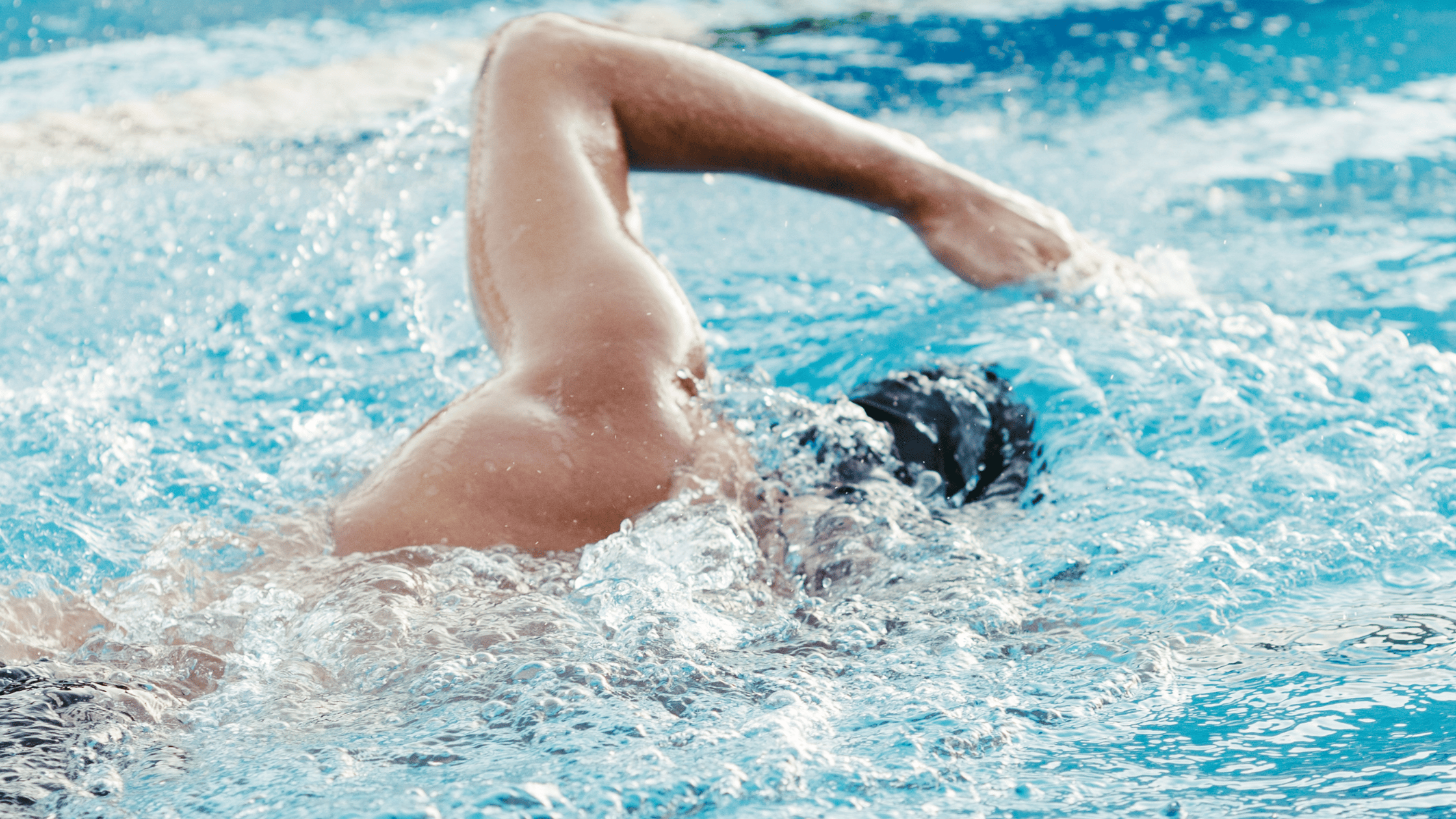Understanding Common Swimming Injuries: Symptoms, Causes, and Effective Treatment Plans

Licensed Physical Therapist, PT, DPT // EW Motion Therapy Homewood
Swimming, widely recognized for its health benefits and low-impact nature, remains a popular sport and recreational activity. However, like any physical activity, it is not without its risks. Swimmers, whether professionals or enthusiasts are susceptible to specific injuries. Understanding these injuries, their causes, symptoms, and effective treatment plans is crucial for prevention and recovery, ensuring swimmers enjoy the water safely and comfortably. Physical therapy is often great for swimmers dealing with pain or mobility restrictions in the water - we have many team members here at EW Motion Therapy who have worked with swimmers and understand the unique demands of your sport. But even if you decide physical therapy isn’t the best treatment plan for you, you can still read on as we discuss the most common injuries swimmers can incur and the best treatment plans for each.
The most common swimming injuries
Swimming injuries primarily result from repetitive movements and overuse, affecting muscles, tendons, and joints. The most common injuries include:
- Shoulder injuries: Rotator cuff impingement, tendinitis, and bursitis are frequent due to the repetitive overhead motion of strokes.
- Knee pain: Breaststroke swimmers often experience knee pain, known as "breaststroker’s knee," due to the unique kick in this stroke.
- Neck and lower back pain: Prolonged extension during swimming, especially in the freestyle and backstroke, can lead to discomfort in the neck and lower back regions.
- Hip injuries: Hip injuries can occur from the repetitive hip rotation and flexion involved in swimming. These injuries often manifest as hip tendinitis or bursitis.
Identifying symptoms and causes
The symptoms of swimming injuries can vary but often include pain, inflammation, stiffness, and reduced range of motion. For example, shoulder injuries may present as a sharp pain when lifting the arm, while knee pain might be more pronounced during specific movements.
The causes of these injuries are often multifaceted, including poor technique, overtraining, lack of rest, and insufficient warm-up or stretching routines.
Effective treatment plans
Addressing shoulder injuries
For shoulder injuries, rest is paramount. Reducing or stopping swimming activities that exacerbate the pain is crucial. Physical therapy exercises focusing on strengthening the rotator cuff and improving flexibility can be beneficial. In more severe cases, medical intervention may be necessary.
Managing knee pain
Knee pain, especially in breaststroke swimmers, requires a modification of training techniques. Strengthening the muscles around the knee and improving flexibility can alleviate symptoms. In some cases, temporarily using a different stroke can help reduce knee stress.
Alleviating neck and lower back pain
For neck and lower back pain, posture correction during swimming is essential. Strengthening core muscles and incorporating exercises that enhance flexibility and strength in the back can provide relief. Physical therapy and yoga are often recommended for these types of injuries.
Treating hip injuries
Gentle stretching exercises can improve flexibility and reduce tension in the hip area. Strengthening the muscles around the hip will support the joint, decreasing the likelihood of future injuries. Swimmers often benefit from technique modification to avoid exacerbating the injury. A therapist or experienced coach can analyze and adjust your swimming technique, ensuring it's as efficient and gentle on the hips as possible.
Prevention strategies
Importance of proper technique
Proper swimming technique is not just about speed and efficiency; it's also about injury prevention. Incorrect stroke mechanics put undue stress on various body parts, leading to overuse injuries. Regular coaching and technique refinement are vital for injury prevention.
The role of strength training and flexibility
Incorporating strength training and flexibility exercises into a swimmer's routine is critical. These exercises help build endurance and prevent injuries by strengthening the muscles used in swimming and increasing the range of motion. Also, focusing on lower extremity strengthening (quads, hamstrings, glutes) prevents injuries and improves pushing off the block when diving into the pool and pushing off the wall during a flip turn.
Balancing training and rest
Overtraining is a common cause of injuries in swimmers. Balancing intense training sessions with adequate rest and recovery time is vital. This balance helps the body to heal and reduces the risk of overuse injuries.
Exercises for swimmers
You can incorporate a few exercises into your routine to help you build strength and prevent injury. Here are some of our favorites.
- Pull-ups: This exercise is excellent for strengthening the upper back, shoulders, and arms, which are crucial for powerful swimming strokes. Pull-ups also help improve grip strength.
- Deadlifts: Deadlifts work on the lower back, glutes, hamstrings, and core, providing the strength needed for a powerful kick and better overall stability in the water.
- Lat pulldowns: Targeting the latissimus dorsi (large back muscles) helps improve the pulling power in all swimming strokes. It's a good complement to pull-ups.
- Squats: Squats strengthen the quads, hamstrings, glutes, and core. Strong legs are essential for effective kicking, starts, and turns in swimming.
- Plank: A core exercise, the plank helps build endurance in the abdominal muscles, back, and shoulders. A strong core is vital for maintaining proper swimming technique and balance in the water.
Swimming is an excellent form of exercise, but awareness and preventive measures for common injuries are crucial for a safe and enjoyable experience. By understanding the symptoms and causes of these injuries and following effective treatment plans, swimmers can maintain their health and enjoy this fantastic sport’s benefits. Remember, the key to swimming pain-free is not just in the strokes you make in the water but in the care you take outside of it. Physical therapy can be an excellent treatment option for mobility problems and pain many swimmers face - we have many physical therapists at EW Motion Therapy who have worked with swimmers and understand the mechanics required for the sport. If you’re curious about what else physical therapy can do for you, click the button below to download our answers to 20 frequently asked questions.


